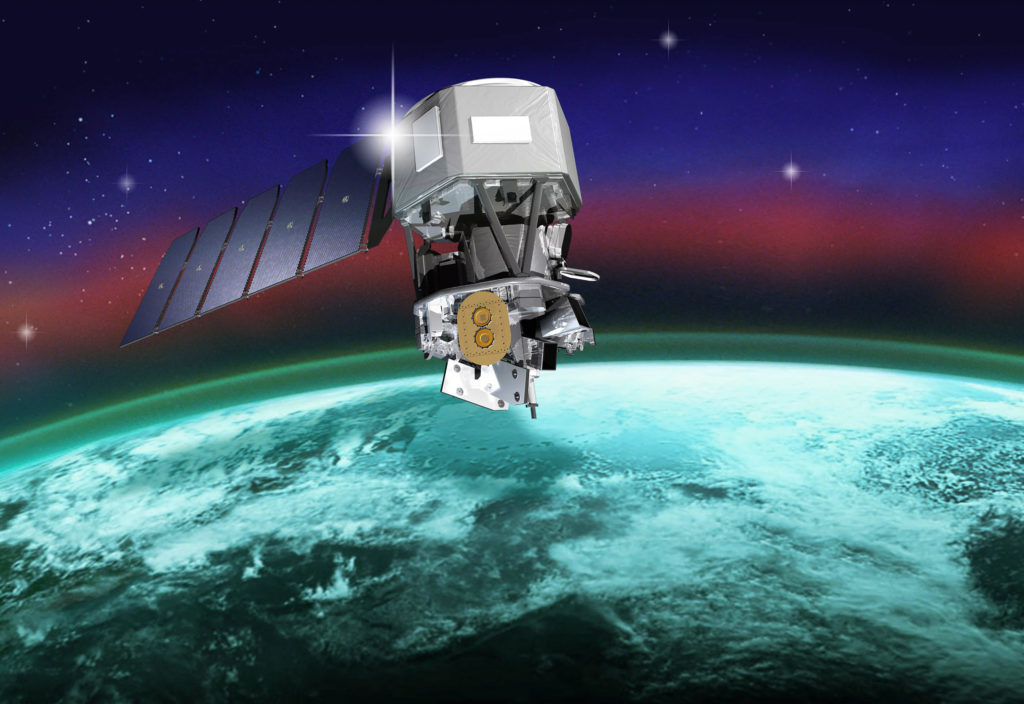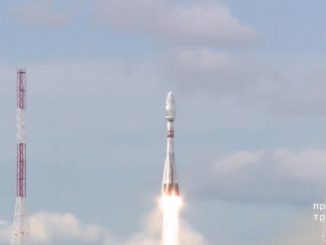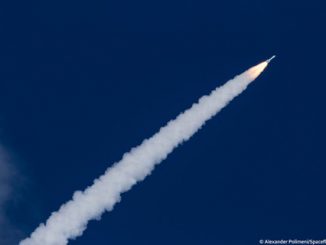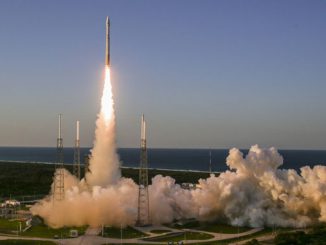
NASA and Northrop Grumman officials have not set a new target date for the launch of the ICON ionospheric research satellite aboard an air-launched Pegasus XL rocket following a mission abort Wednesday, and it could be weeks before the the long-delayed science probe has another chance to head into orbit off Florida’s east coast.
NASA’s 634-pound (288-kilogram) Ionospheric Connection Explorer satellite is awaiting the start of a two-year mission to examine the link between terrestrial weather systems and the ionosphere, a layer that straddles the boundary between Earth’s atmosphere and the vacuum of space.
Managers aborted a launch attempt early Wednesday after takeoff of the Northrop Grumman Pegasus XL rocket’s L-1011 carrier jet from the Skid Strip runway at Cape Canaveral Air Force Station en route to a drop box around 100 miles (160 kilometers) east of Daytona Beach.
Engineers are puzzled by recurring, and apparently spurious, data signatures coming from the Pegasus rocket’s navigation and guidance system while in flight under the belly of the L-1011 aircraft, dubbed “Stargazer.”
Northrop Grumman’s launch crew replaced hardware on the 57-foot-long (17-meter) three-stage rocket after detecting unexpected data during a cross-country ferry flight Oct. 19 from Vandenberg Air Force Base in California — home of the Pegasus assembly hangar — to Cape Canaveral.
After conducting a “captive carry” test flight with the L-1011 and Pegasus rocket Oct. 28, officials decided to press ahead with a launch attempt Wednesday, but decided they would scrub the launch if the electrical issue cropped up again.
That’s what happened Wednesday, and the launch team at Cape Canaveral ordered the L-1011 back to base minutes after its departure bound for the launch zone over the Atlantic Ocean.
A new launch date has not been determined, but the availability of the Air Force’s Eastern Range to support the mission is in question the next few days.
A SpaceX Falcon 9 rocket is set for a static fire attempt at the Kennedy Space Center as soon as Sunday, followed by a launch no earlier than Nov. 15 carrying a commercial communications satellite.
That mission, coupled with other maintenance activity on the range, could be problematic for NASA and Northrop Grumman managers to find an opening for a launch attempt in the coming days, assuming the mysterious electrical problems are resolved and the Pegasus is cleared for flight.
The launch of the $252 million ICON mission has been delayed more than a year by rocket-related issues.

Led by a science team based at the University of California – Berkeley, the ICON spacecraft carries four instruments to study the ionosphere, a layer more than 37 miles (60 kilometers) where atoms are split into positively charged ions and negatively charged electrons.
The ions and plasma in the ionosphere play an important role in radio communications and satellite navigation, and disturbances in the ionosphere could disrupt signals passing through it.
ICON’s instruments will investigate the variability in the ionosphere over the day and night sides of the Earth, and study how storms and winds deeper in the atmosphere can produce waves that propagate to higher altitudes, influencing conditions at the edge of space.
Email the author.
Follow Stephen Clark on Twitter: @StephenClark1.



